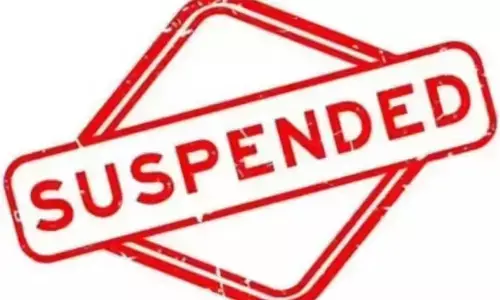Stock Market: What is a Share buyback offer and should you participate? Explained here in a simple manner

Stock Market: What is a Share buyback offer and should you participate? Explained here in a simple manner
Many companies with large surplus cash on books opt for buyback of shares. The boards of many companies, such as GAIL India and NALCO, had announced share buyback in the fourth quarter of the financial year 2020-21. But the question that arises here is what a buyback means? Should stock market investors should participate in the share buyback or stay away from it? Will it give good returns? Here is the explanation of share buyback and what you as an investor should do. All questions related to the share buyback are answered here:-
What is share buyback?
Basically, a buyback happens when a company buys its own shares from the market at a premium price to reduce its number of shares available in the open market for a number of reasons like to increase the value of remaining shares, increase overall holding value or giving less dividend to the market.
Why any company does a buyback?
Generally, when a company feels that their shares are undervalued, they have surplus cash for buyback, they go for it. The buyback also shows that management is confident about the performance of their business in the future. There are two types of buybacks—open tender offers from the existing shareholders on a proportionate basis and open market through stock exchanges. Most companies prefer to go through the open market route. In buybacks which are done through the tender offer route, 15 per cent of the number of shares to be bought back is reserved for the small shareholders, whose market value as on record date is not more than Rs 2 lakh.
What's the standard procedure of share buyback?
First of all, the company going for buyback has to announce its buyback date and offer price in advance, whoever is holding the share on that date is eligible for buyback action. Then the company sends a tender offer letter to all shareholders. This letter provides details of shareholding and how many shares; he or she is selling to the company at the buyback price. The letter also keeps details of the tender period; a user can give authority to the broker for buyback participation. Now, the broker transfers stock to the company from the client's DP and then the company pays directly to the client the total value of the stock at buyback price.
How a client gets benefitted from it?
The company always buys its shares at a good premium to attract more people towards the offer. Suppose the current price of the stock is Rs 400 apiece, then the company may give an offer of Rs 430-450 or even better price. Now it is advised that before 2-3 days of the buyback record date, you can buy the shares of the company and hold the shares in your portfolio if you wish to be eligible for a buyback offer.
Now you have two options:
First, keep your holding until the tender period company will inform you, what quantity they are buying back from you. You can provide those shares to them and then you can sell the rest of the shares.
The second strategy could be, once the record date is passed you can sell the stocks and when you receive a tender notification, buy it from the open market and sell it to the company.
Both strategies have their pros and cons.
What are the risks involved in share buyback?
If the company buys 100 per cent of your holding, there would be no risk in this trade, but it is not decided in advance, it depends on how much participation comes from the market. Generally, the buyback ratio varies from 10 per cent to 50 per cent. If the buyback ratio is 25 per cent and you are holding 100 shares of the company, the company will only buy 25 shares from you, which means your 75 shares are at market risk. So you have to make your strategy accordingly.
Points for investors
Before participating in the buyback, the investors must analyse the price movement of the share just before the buyback is announced. If there is a steep price rise in the share of the company, then the investors should be cautious.
Investors should always look at the size of the buyback offer, the price and the duration of the offer. If the buyback size is too small compared with the overall market capitalisation of the company, the impact on the share price could be very insignificant.
Investors should also look at the debt-equity ratio to understand the fundamentals of the company. In the case, where the debt level of the company is higher than the industry average, it means that its free cash flow in the future is going to be a tight one.















